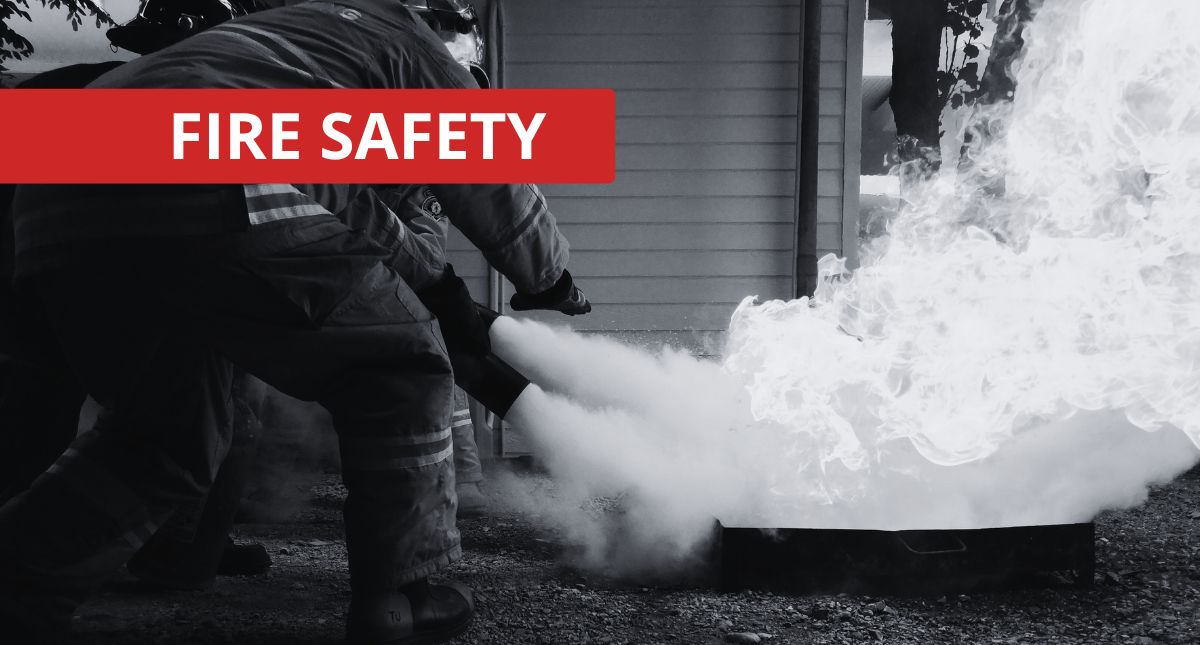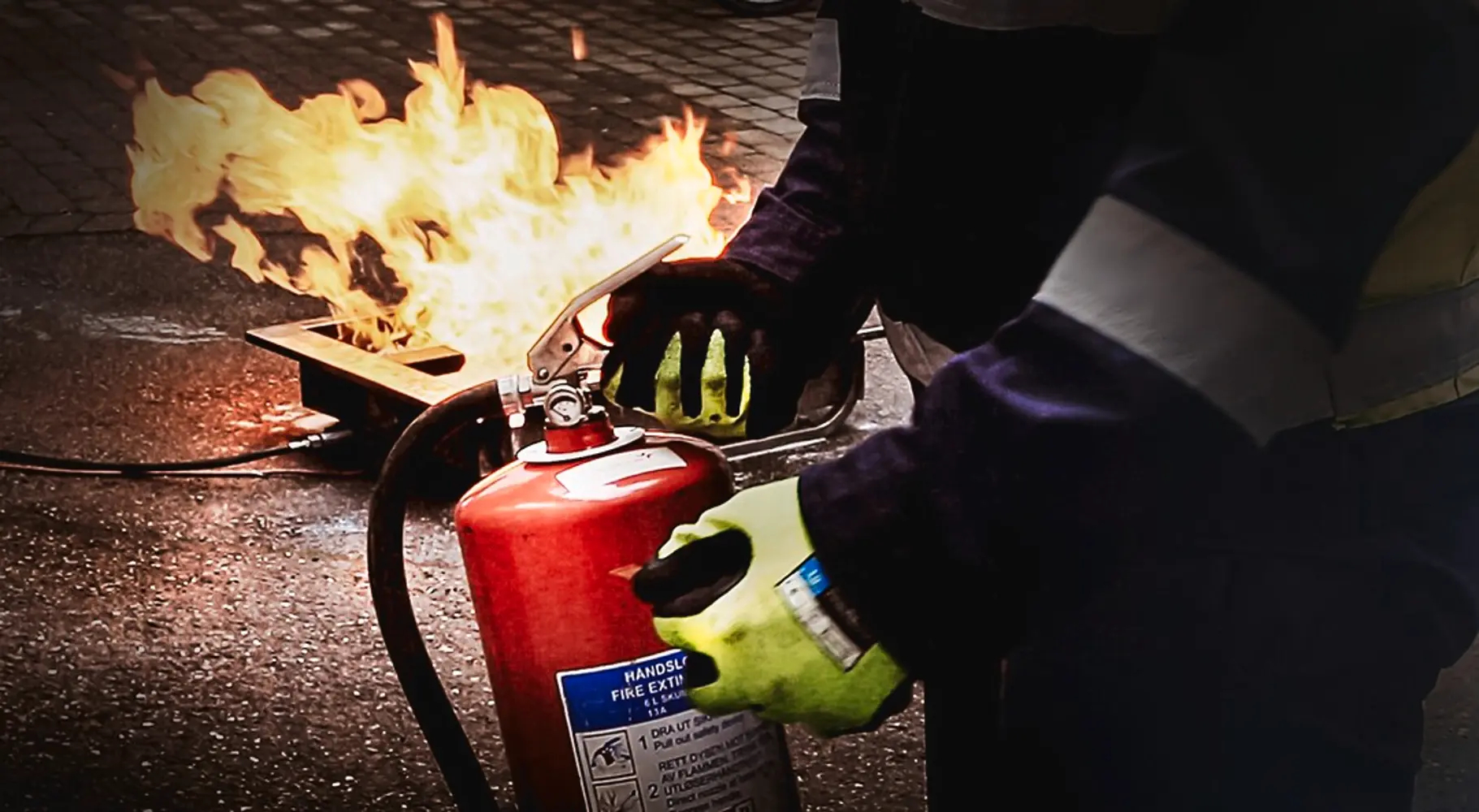As London’s property market continues to evolve, so do the responsibilities of landlords. One of the most critical — and legally binding — aspects of property management is fire safety. For landlords in East London, where many homes are multi-occupancy or part of older buildings, staying compliant with current fire safety regulations is more important than ever in 2025.
From Hackney to Stratford and Canary Wharf to Barking, the East London rental landscape is vibrant, diverse, and fast-paced — but it also presents unique challenges when it comes to fire prevention and compliance. This guide outlines practical fire safety tips, recent regulatory changes, and expert advice to help landlords protect both their tenants and their investments.
1. Why Fire Safety Matters More Than Ever in 2025
The UK government’s focus on building safety has intensified following updates to the Fire Safety (England) Regulations 2022 and the Building Safety Act. In 2025, enforcement is stricter, with local authorities actively inspecting rental properties, especially HMOs (Houses in Multiple Occupation).
For East London landlords, where many properties are conversions or older builds, these regulations highlight the importance of:
-
Clear fire escape routes
-
Certified fire alarm systems (BS 5839 compliant)
-
Proper emergency lighting
-
Up-to-date fire risk assessments
Failing to comply isn’t just a legal issue — it’s a matter of life safety. A single overlooked fault, such as a faulty smoke detector, could lead to devastating outcomes and financial penalties.
2. Conduct a Professional Fire Risk Assessment
Every landlord, regardless of property type, is legally required to carry out a fire risk assessment. This should identify potential hazards, evaluate risks, and outline the preventive measures needed.
If you’re managing properties in East London areas like Hackney, Dalston, or Stratford, where Victorian and Edwardian conversions are common, a professional risk assessment is essential. These older buildings often have complex layouts, shared stairwells, and mixed-use spaces that increase fire risk.
A qualified fire safety assessor will:
-
Check electrical and gas safety
-
Inspect fire alarm and detection systems
-
Review escape routes and lighting
-
Recommend improvements for full compliance
Tip: Even if your assessment is up to date, review it annually or after any renovation or tenancy change. Fire safety is dynamic — your documentation should be too.
3. Install and Maintain Fire Detection Systems
A fire alarm certificate isn’t just a box-ticking exercise; it’s proof that your system functions properly under BS 5839 standards.
In East London’s dense urban environments, landlords must ensure that alarm systems are suitable for the property type. For example:
-
Single lets: Interlinked smoke alarms in living spaces and hallways.
-
HMOs: Hardwired alarm systems with central control panels and detectors in all rooms.
-
Commercial buildings: Zoned fire alarm systems with regular maintenance logs.
Regular maintenance — ideally every 6 months — ensures the system remains operational and compliant. Always use certified fire safety engineers for inspections and documentation.
4. Prioritise Emergency Lighting
In an emergency, lighting can mean the difference between safe evacuation and panic. Landlords in East London should secure an Emergency Lighting Certificate (BS 5266) to verify compliance.
Emergency lighting should:
-
Illuminate exit routes and staircases
-
Stay functional for at least 3 hours after power loss
-
Be tested regularly (monthly visual, annual duration test)
Example: In areas like Canary Wharf or Bow, where many residential blocks are high-rise, reliable emergency lighting is legally mandated. Certificates also provide evidence for insurers and local authorities that your property meets fire safety standards.
5. Use Fire-Resistant Materials and Furnishings
When refurbishing rental properties, always use fire-retardant materials — especially for curtains, upholstery, and flooring.
Under the Furniture and Furnishings (Fire) (Safety) Regulations 1988, all items supplied in rental accommodation must meet fire resistance standards. This is particularly relevant for furnished lets and HMOs across East London.
Quick checklist:
-
Use flame-retardant paint in shared corridors
-
Install fire doors with automatic closers
-
Check that furniture has fire safety labels
These measures not only reduce fire risk but also demonstrate proactive compliance to local authorities.
6. Educate Tenants About Fire Safety
Even with the best equipment in place, tenants play a crucial role in maintaining fire safety. Providing them with basic guidance can dramatically reduce risks.
Consider offering a short fire safety briefing or a printed information sheet that covers:
-
How to test smoke alarms
-
What to do if a fire starts
-
Emergency contact details
-
The importance of not blocking exits or tampering with alarms
In busy rental markets like East London, where tenant turnover is high, simple communication can make a significant difference.
7. Schedule Regular Safety Inspections
A common mistake among landlords is assuming that once a certificate is issued, compliance is complete. In reality, fire safety is ongoing. Regular inspections ensure continuous compliance and early detection of faults.
Key inspections to schedule:
-
Fire Alarm Testing (every 6 months)
-
Emergency Lighting Test (annually)
-
Electrical Installation Condition Report (EICR every 5 years)
-
Gas Safety Certificate (annually)
Having all certifications in place strengthens your position as a responsible landlord and reassures tenants that their safety is prioritised.
8. Stay Updated with Local Authority Guidelines
Different London boroughs may have varying requirements or inspection protocols. For instance, Hackney Council and Tower Hamlets Council have specific rules for landlords managing HMOs or mixed-use properties.
Staying informed through your borough’s housing and safety departments can help you avoid penalties and keep your documentation in order.
Landlords operating in East London should also pay attention to:
-
Fire safety licensing for HMOs
-
Periodic property audits
-
Record-keeping of certificates and maintenance logs
9. The Role of Professional Fire Safety Services
Managing multiple certificates and inspections can be overwhelming. This is where working with certified fire safety engineers offers real peace of mind.
Professional services — like those offered by Landlord Certification — handle everything from initial inspection to final certification, ensuring your property stays compliant year-round.
They also provide:
-
Digital copies of certificates
-
Maintenance reminders
-
Expert advice on system upgrades
This approach ensures you’re not just compliant, but consistently protected.
10. Areas We Serve in East London
Our expertise extends across East London, including:
Hackney, Dalston, Homerton, Stratford, Bow, Bethnal Green, and Canary Wharf.
Each of these areas has a distinct mix of housing — from Victorian terraces to modern apartment blocks — but all require one thing in common: reliable, compliant fire safety systems.
Whether you’re managing a single rental unit or a portfolio of HMOs, professional fire safety management helps protect lives and investments alike.
Final Thoughts: Build Trust Through Compliance
For landlords, fire safety in East London isn’t just about meeting legal standards — it’s about building trust with tenants and maintaining the value of your property.
By taking proactive measures — from regular inspections to professional certification — you not only ensure compliance but also demonstrate care and responsibility.
In 2025 and beyond, responsible landlords will be the ones who view fire safety not as an obligation, but as an essential part of good property management.





